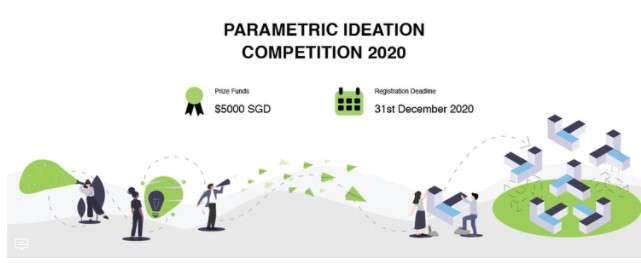Architecture Competition: Technology | Architecture + Design Journal Call for Papers: ENGINEERING
TECHNOLOGY | ARCHITECTURE + DESIGN welcomes all original research within our scope. All peer-reviewed manuscripts submitted to this call will be evaluated and selected with consideration of the issue theme. Submissions may choose to address the focus area identified in this call for papers, but it is not required for publication in the issue. All submissions to calls for papers are reviewed through a double-blind peer-review process with subject experts.
Just as developing an ability to design is not exclusive to designers, neither is the ability to engineer within the exclusive purview of engineers. AEC is a common acronym for signaling the three professional disciplines historically responsible for shaping the built environment. Such nomenclature may imply a systemic culture of siloed decision-making. However, decisions shaping the built environment do not originate and reside wholly within discipline-specific boundaries. Today, whether focused on a discrete intervention or a grand challenge, an effective agency within the built environment requires the cross-disciplining of skillsets for use across the phases of project conception, development, and execution.
Engineering asserts the most significant advances in architectural technology are not achieved through any singular disciplinary practice, but rather through the hybridization of design and engineering action combined. Legacy differences between their epistemological perspectives and methodological approaches to research are becoming less distinct for improved engagement with twenty-first-century design problems. Although each discipline is constituted by their respective bodies of knowledge and individual standards for practice, contesting the separation between architecture and engineering opens a space for the reciprocal thinking and integrated operations necessary for breakthrough technological innovation. Further study of the dynamics within this disciplinary fusion is valuable for reconsidering the framing of current architectural research, pedagogy, and practice.
Engineering seeks to attract, curate, and forge a combined body of knowledge shaping the built environment from a more action-integrated perspective. Questions include but are not limited to: What are the catalysts and constraints affecting greater integration across architectural and engineering processes? What are the attributes of high-performing integrated design teams? Which features of engineering research ecosystems or architectural design culture are suitable for emulation by collateral disciplines? How are integrated curricula today nurturing meaningful and productive interdisciplinary action between tomorrow’s architecture and engineering professionals? Which state-of-the-art engineering practices are enhancing the built environment to meet twenty-first-century challenges?
TAD invites original and creative research manuscripts for consideration in the Engineering issue. Manuscripts for double-blind peer review are due before 11:59 pm Eastern Time on January 15, 2022, and can be submitted any time before this date. Manuscript submissions must follow the standards detailed in the TAD Author Guide.TAD receives all manuscript submissions electronically through a ScholarOne Manuscripts portal located at http://mc.manuscriptcentral.com/TADJournal.







